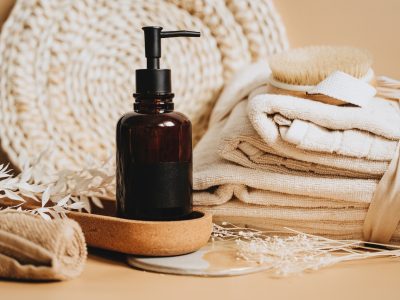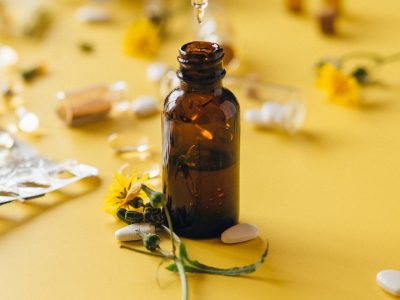CBD oil has become increasingly popular in recent years due to its many therapeutic benefits. One of the most popular ways to use CBD oil is by making any CBD topicals. This can be done easily with just a few simple steps and ingredients
Introduction
CBD oil is extracted from hemp plants and then used to create a variety of products, including lotions, creams, salves, and oils.
So here are the different steps involved in creating these products, from extracting the oil to packaging it for sale. It will also provide insight into the regulatory requirements that must be met in order to produce safe and effective CBD topicals.
With this information, you can be sure that you are creating a quality product that meets all the necessary standards.
3 Easy Steps For Making CBD Topicals
Cannabidiol (CBD) is a non-psychoactive compound found in the hemp plant that has been gaining popularity for its therapeutic benefits. CBD topicals are products designed to be applied directly to the skin, offering a range of benefits for skin health and overall wellness.
-
Extracting CBD From Hemp
The first step in making CBD topicals is to extract CBD from the hemp plant. This process involves separating the CBD compounds from the plant material and refining the extract to remove impurities.
There are several methods used to extract CBD, including CO2 extraction, ethanol extraction, and solvent extraction. CO2 extraction is considered the most efficient and safe method, as it involves using pressurized carbon dioxide to extract the CBD, leaving behind pure and potent CBD oil.
-
Infusing CBD into Topicals
Once the CBD oil extract has been obtained, it’s time to infuse it into the base of the topical product. The base of the topical can be a variety of ingredients, including shea butter, coconut oil, or other nourishing ingredients.
The CBD extract is then combined with the base to create a CBD-infused topical cream. The amount of CBD in the final product will depend on the desired potency, as well as the intended use of the product.
-
Quality Control and Testing
Before CBD topicals are sold to consumers, they undergo a rigorous quality control process to ensure their safety and effectiveness.
This process involves testing the CBD oil for purity, potency, and contaminants such as heavy metals, pesticides, and solvents.
Companies must also comply with strict labeling requirements, including listing the amount of CBD in each product and warning against the use of the product by children or pregnant women.
Conclusion
Making CBD topicals is a complex process that involves a number of steps, from extracting CBD from hemp oil to infusing it into a base to testing the final product for quality and safety.
By understanding the process, consumers can make informed decisions when purchasing CBD topicals, knowing that they are getting a high-quality product that has undergone rigorous testing and quality control.












